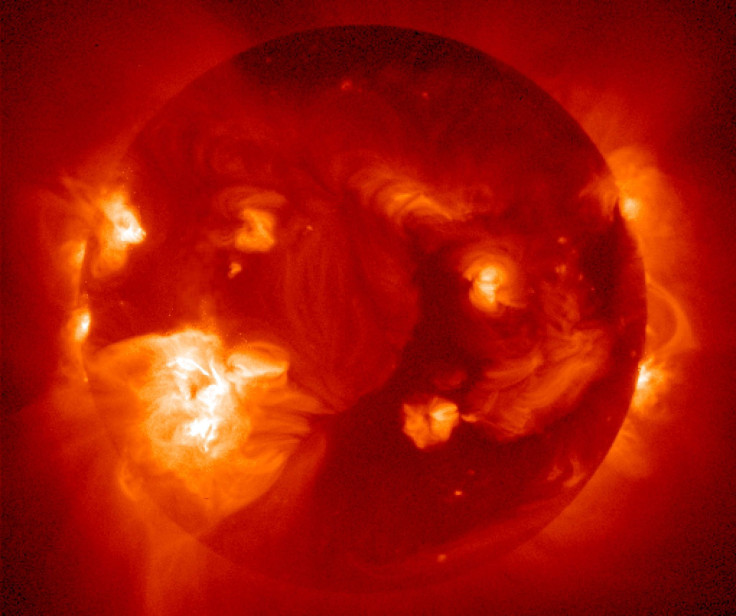UK releases ‘Space Weather Preparedness Strategy’ to save satellites, technologies from severe solar storms

The United Kingdom released the new version of Space Weather Preparedness Strategy that covers plans for improvement of modern communications, transport and the financial system on satellites against “space weather.” The document highlights the impacts of severe solar storms to technology, which could occur and affect areas around the globe.
The document highlights the UK-wide strategy for preparing for impacts of the severe space weather or solar storms that may bring potential consequences such as power loss, interruption to satellite services, and transport disruption or loss of communication. The British government proposed new plans to respond to the event which is a complex and technical issue that can happen at the same time, causing a greater combined effect.
The government aims to design improved infrastructures, develop the ability to provide alerts and warnings of space weather and its potential impacts, and place plans to respond to severe events. In the document, the Cabinet Office to the Department for Business, Innovation and Skills has already approved the approach to space weather preparedness.
Solar storms are defined as solar activities that can produce X-rays, high energy particles and coronal mass ejections of plasma. The event can disrupt satellite operations, which includes Global Navigation Satellite Systems on which a range of technologies depend for navigation or timing, and is considered as the priority of the plans.
The preparedness programme, according to the UK National Risk Assessment, is based on the “reasonable worst case scenario for this risk, the 1859 Carrington Event.” The Carrington Event, the largest solar storm on record, is described as the “perfect storm,” which has caused the strongest incidents of solar flare, radiation storm and coronal mass ejection recorded to date.
Research stated the event had disrupted telegraph systems at the time, and the electrical currents stimulated in the copper wires that interfered with signals, electrocuted operators and set telegraph paper alight. The solar storm also triggered an intense geomagnetic storm that affected the polar phenomenon northern lights to occur in far south of the Bahamas in the Atlantic Ocean.
However, researchers suggest the reoccurrence of the Carrington Event has only 1 percent annual probability. But a study published in 2007 stated the reoccurrence of the solar storm today would cause an estimated impact of US$30 billion in losses for satellite operators and threaten vital infrastructure in space and here on the ground.
Contact the writer at feedback@ibtimes.com.au





















